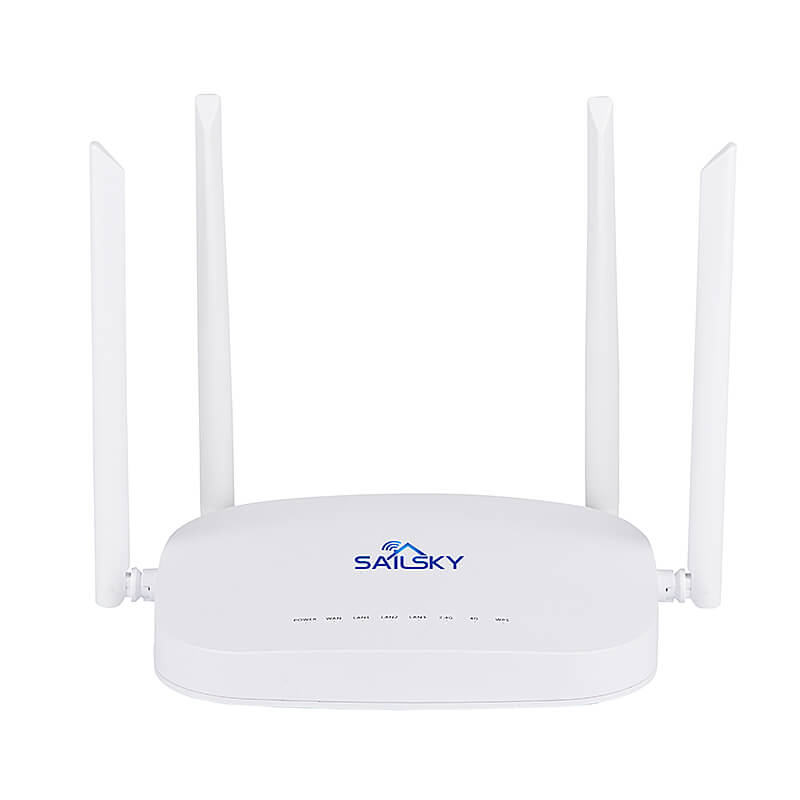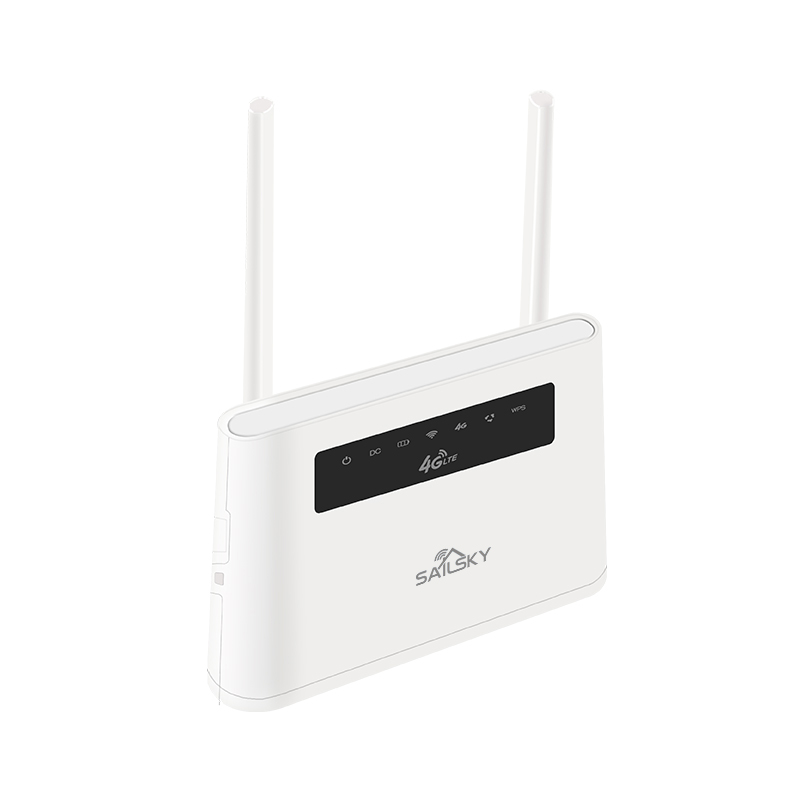What is an industrial 4g router and why is it used?
2021.11.04 / By Sailsky
Currently, the corporate world has left the internet exclusively through cable to implement a new data transmission system; the industrial 4g router. In this sense, it is essential to mention the importance of devices that promote this connection. Let’s talk about the router and the Access Point.

All this digital innovation provides a series of advantages for companies, such as practicality, coverage of long distances and versatility, since these devices work in several gadgets.
But, after all, do you know what these mechanisms are for? In this article, you will understand the difference between an Access Point and a wireless router. Follow the reading!
What is an industrial 4g router?
An industrial 4g router creates signal transmission routes, that is, it receives a certain data packet and forwards this content to the destination device by choosing the best route available on the network. It also offers some functionality such as DNS, DHCP and firewall server configuration.
Thus, the company presents a data network with a gateway, a kind of bridge responsible for controlling the input and output of information. Therefore, the router acts as the intermediary part between the internal networks (LAN) and the external network (WAN).
What is Access Point?
An Access Point is a network device that has the function of transmitting the internet signal to places where the router’s original coverage is poor or limited. These are more modern devices than industrial 4g router. Therefore, the Access Point and the router, despite being very similar, is not the same thing.
What is the difference between a router and an access point?
The great difference of an Access Point is in the fact that it modifies the data transmission signal. This means that you can access your company’s wireless network normally. However, unlike the router, the Access Point allows a signal via cable to be retransmitted over the air. This increases the coverage area of the wireless service.
However, only an Access Point does not make it possible for the user to browse the internet, configure servers or protect the network with a firewall, for example. Its biggest advantage is to allow access to the local area network (LAN) through wireless connection.
How to choose the ideal industrial 4g router for the company?
It actually depends on the situation. If you already have the internet link and the objective is to allow other devices to access the network, you need a wireless industrial 4g router.
If there is already a router in the network that distributes the internet signal among other devices, and the objective is to expand wireless coverage, the ideal is to use an Access Point.
Thus, it will be necessary to use an active network cable to make the connection between the Access Point and the company’s network, enabling wireless signal transmission to other spaces.
What a Wi-Fi network SSID is?
We often choose difficult passwords to protect our Wi-Fi industrial 4g router. However, even choosing complex combinations, some users end up suffering cyber-attacks. The good news is that there is a feature that can ensure a higher level of security and even make your network invisible to intruders.
In this post, we’ll know what SSID is. It is critical to ensuring the protection of an enterprise network, making connection much more accessible.
The configuration of the SSID itself, in addition to offering the option to hide the connection, can also make it more prominent for easier access in public places, for example. Let’s find out more about the tool!
What is SSID for 4g router?
We can define the SSID as the name of your Wi-Fi industrial 4g router network, that is, the identification that appears when users view the wireless connection options available in an area.
The Service Set Identifier makes it easy for the user to find and connect to networks without Wi-Fi. In addition, the tool serves to identify it among others, which facilitates direct connection to a new wireless device.
How does the SSID help secure the industrial 4g router?
We mentioned that the SSID is basically what your network is called. In this sense, simply choosing the name is a powerful action to ensure a higher level of protection, including for the router. It is essential to avoid very flashy names, which can attract the attention of intruders and compromise the security of your connection, or very obvious options.

Changing the nomenclature is another efficient way to guard against cyber-attacks. An attacker could use the default manufacturer-delimited SSID ID to view the industrial 4g router and exploit possible vulnerabilities.
Finally, another effective means of protection is to turn off the SSID display. Thus, people who want to connect to the network will necessarily have to know the login and password — and not just the last option, as it usually happens.
What are the myths about industrial 4g router functionality?
Like any technological tool, the SSID suffers from the dissemination of mismatched information, which deserves some clarification. Names are the main foci of confusion.
Two networks with the same name, allocated in the same area, can actually cause problems. In this specific case, industrial 4g router can connect to the wrong option, causing inconvenience to the user.
Another controversy involves special characters. Some computers and devices running Linux operating systems may have trouble seeing networks named with underscores, hyphens, and spaces, for example.
How to avoid recurring problems in industrial 4g router?
A good way to get rid of recurring problems is to avoid standardized names. The router you buy comes straight from the factory with a predefined SSID, but it’s best to change this default. After all, if a neighbor uses a router like yours and adopts the default SSID, the repeated names can lead to conflicts between the two devices.
As we saw in the post, the tool is a great reinforcement both in business networks and in homes. Simple configuration actions, such as modifying the factory default name, already strengthen your Wi-Fi system’s protection.

